Tahiti - A South Pacific Paradise
/We arrived in Tahiti just in time for the Tahiti-Moorea Sailing Rendezvous in mid-June and never left until early August. We didn't expect to like Pape'ete and Tahiti as much as we did. We've read about its beauty and allure since we were kids, but we'd also heard many reports of how expensive and commercial it was, and how “it's not like it used to be”. Perhaps all those negatives are true, but Tahiti, in our estimation, was definitely a terrific place to visit and a welcome respite after the long passage across the Pacific to get there.
We berthed at the city marina in downtown Pape'ete and it's hard to describe the thrill of being there. I kept pinching myself to make sure this was real and every time I did, we were still in Pape'ete. We woke early each morning to the sounds of the market vendors setting out their wares and the chatter of early morning shoppers buying their fresh veggies and fruits. The delicious, inviting smell of freshly baked baguettes and croissants wafted along Boulevard Pomare and beckoned us to the market. This truly is the stuff dreams are made of!
Visually the marketplace was astounding...total sensory candy! A huge fresh veggies/fruit market, fresh bread and pastry stalls, fresh fish, butcher shops, a fresh flower market and a whole cadre of craftsmen selling everything from cheap souvenirs to well-crafted carvings, baskets, black pearls and island specialties. On the second level of the market, there was a perimeter of shops, boutiques and cafes...even a tattoo parlor...with bridges crossing from one side to the other affording wonderful views of the thriving market below.
Pape'ete is a “big” little city. We wandered the streets day and night, taking it all in. Street names like Rue Gaugin and place names like Parc Bougainville caught our attention. Sidewalk cafes enticed us in; musicians played on street corners. The people were warm and welcoming. We drank the local Hinano beer and tried poisson cru, raw, fresh fish marinated in lime and coconut milk … outstanding. We visited the Pearl Museum, innumerable crafts bazaars, watched dancing and singing demonstrations and competitions and even participated in some competitive Polynesian games.
One major attraction for us was the Carrefour Supermarche. Oh, my! After months trading for local fruits and only being able to purchase outdated, minimal supplies in tiny one-room, three-shelf “stores”, here in the middle of the South Pacific, was one of the best supermarkets we'd ever visited … bar none. Carrefour stocked everything in a modern, beautiful store … shelves filled with items, absolute luxuries, we hadn't seen in ages: fresh cheeses, breads, freshly prepared salads, a deli, mountains of fresh fruits and veggies, French wines. We came out with our overfilled shopping cart and smiling, happy faces.
We were soon to discover, however, that there's much more to Tahiti than just Pape'ete and we were keen to venture outside the city to explore a bit. Car rentals are not cheap...about $100 US/day plus the cost of gasoline (~$5/gallon). The bus system in-town Pape'ete (Le Truck) is quite good, but venturing outside of town is less convenient. We originally considered sharing a rental car with friends, but our stay in a boatyard over a weekend afforded us the unexpected bonus of having a free car at our disposal and we took advantage of it.
The map of Tahiti looks like a tilted figure eight. The island is actually separated into two parts connected by a narrow isthmus: Tahiti Nui being the larger, most developed and populated part and Tahiti Iti, the smaller, more rural area. The well-maintained coastal highway around Tahiti Nui is about 70 mi (114 km) and a trip around the island, including a side trip to Tahiti Iti, can easily be done in a day. We had collected several brochures from the Tourist Office in downtown Pape'ete, but Lonely Planet Tahiti was actually our guide of choice. We traveled clockwise around the island as suggested in the guide, stopping at scenic vistas and points of interest along the way.
Highlights of our little road trip included Point Venus, Cook's observatory set up to record the transit of Venus with an impressive lighthouse, park and upscale crafts market; the Faarumi Waterfalls, a quick 20-minute trek on a well-marked path through dense forest to three separate cascades.
In Taravao, the little town at the narrow isthmus separating Tahiti-Nui from Tahiti-Iti, we opted to take the northern route to visit Tautira, where we picnicked in a little park by a lovely beach. We climbed the steep, narrow, but well-maintained road to the Taravao Plateau for spectacular views of both sides of the isthmus below and caught sight of two Tahitian gray ducks in the lagoon there. On the southeast point of Tahiti-Iti, we sat through a downpour watching surfers at Teahupoo.
Back on the main road, we headed to Musée Gaugin and though they don't have any original Gaugins, the grounds were pretty and the displays interesting. There are several “marae” (sacred sites) marked along the way and we stopped at several to take a look. We ended the day at Musée de Tahiti et ses Îsles, an impressive collection of geological, historical and cultural displays of the French Polynesian islands.
We spent six weeks in Tahiti and nearby Moorea. It was a fairy tale of a visit with beautiful weather, warm temperatures, balmy breezes, outstanding scenery and delightful people. If you get a chance to visit, we'd highly recommend it, but take the time to venture off-the-beaten-path for a better look.
If you go …
At least in Pape'ete, you'll have all the modern conveniences. There are plenty of ATMs, plenty of internet kiosks and more restaurants, bars, clubs, souvenir shops and boutiques than you'll ever need. Most people speak English as well as French.
Visit the Tourist Info kiosk right downtown. The people are knowledgeable about what's going on. If there are any Polynesian dance/singing competitions, they'll have tickets available. You might want to plan your trip based on their celebrations calendar.
Definitely try the local beer, Hinano, and poisson cru as well as other local delights. Even if the idea of raw fish doesn't thrill you, poisson cru is an epicurean delight … really!
Visit the market … morning, noon and night. Things change constantly and there's lots to see and explore.
Consider visiting other French Polynesian islands. There are ferries and planes available to get you there and each island offers a different perspective of Polynesia. Moorea, for instance, is only 18 miles (29km) away.
Visit a pearl farm and buy some black pearls. They're the perfect souvenirs from French Polynesia. You can pick them up for as little as $3-4 each for lower grades at the market and make your own necklace. If you purchase from a jewelry store on the Boulevard Pomare, expect to pay top dollar. Other souvenirs to look for are wonderful, intricate shell and carved bone necklaces and collars and items made from nacre, the mother-of-pearl lining of the black pearl oyster shells.
Learn as much as you can about French Polynesia and Tahiti in advance and then learn more while you're there. Leave time to visit Point Venus and see what Captain Cook saw when he visited centuries ago. Visit the Pearl Museum (free), Gaugin Museum and especially Musee de Tahiti.
Drive around the island. Car rentals are expensive, but if you share a car or take a tour, it's a worthwhile venture to see how the “other half” lives outside the big smoke of Pape'ete. Check out the “maraes” (sacred places) and waterfalls and tiny villages that dot the island. Stand on the narrow isthmus that joins Tahiti-Nui to Tahiti-Iti, just for the heck of it.
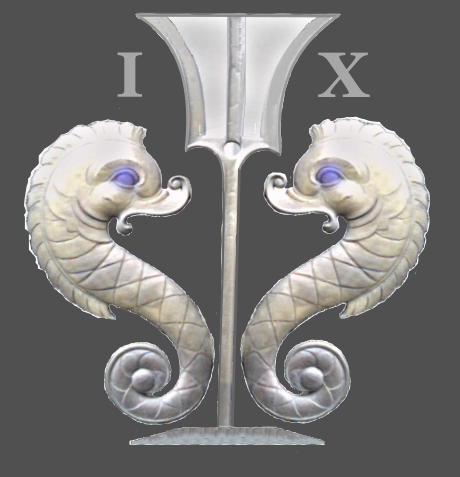



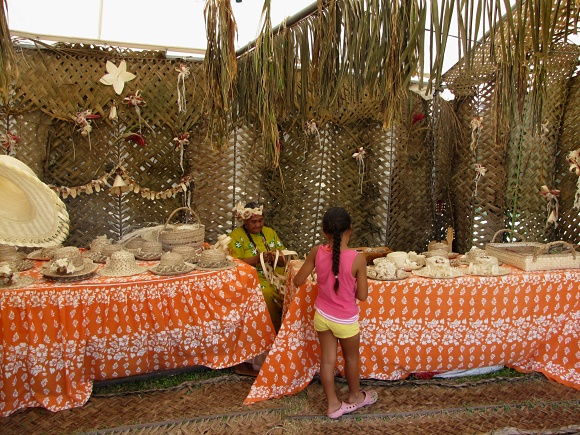








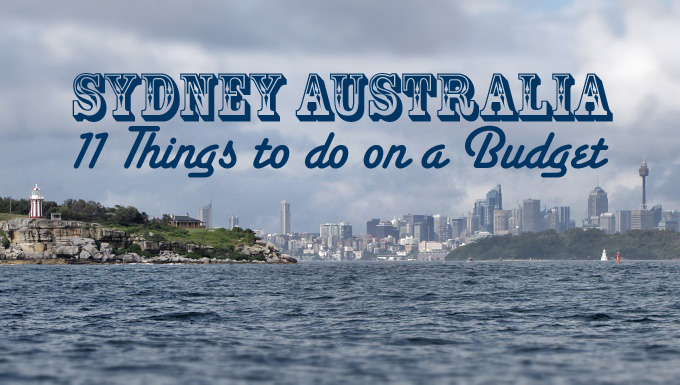


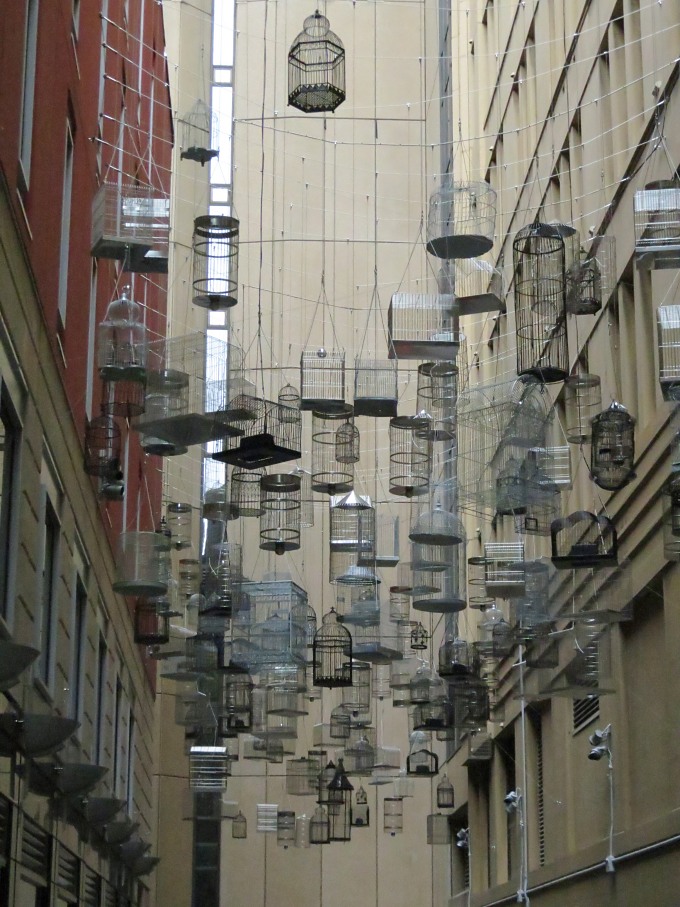


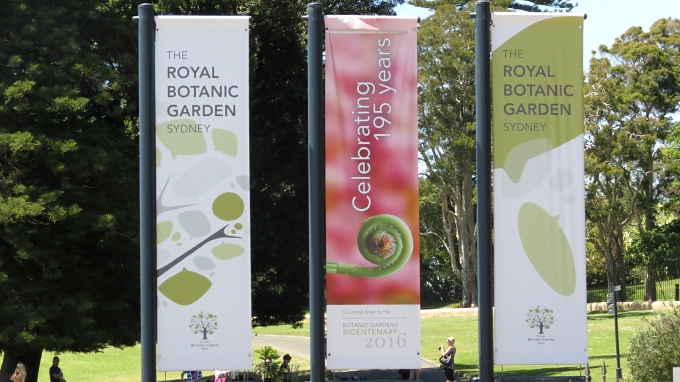


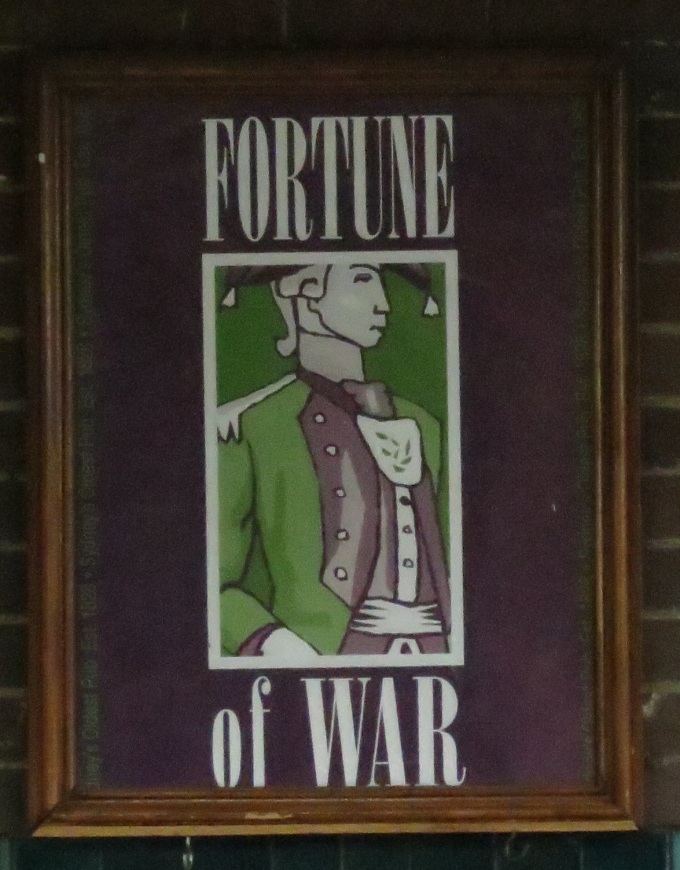
 , but there's a specific one for
, but there's a specific one for  as well.
as well.

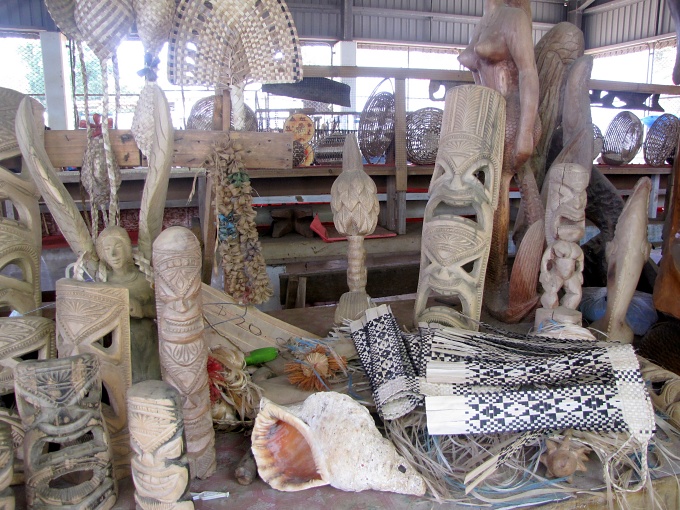
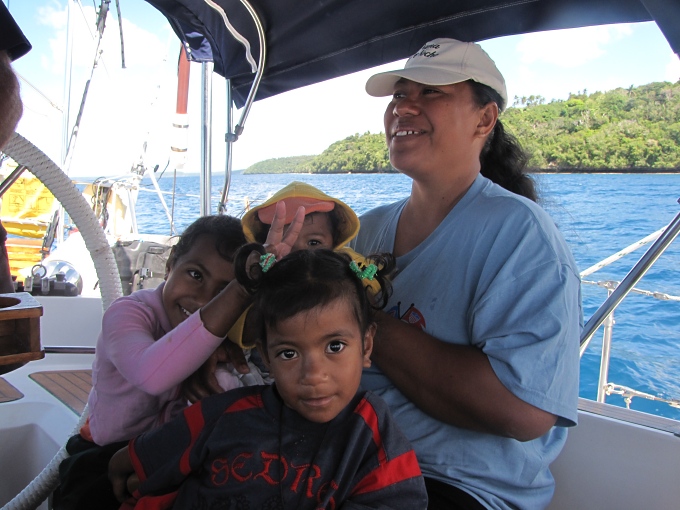

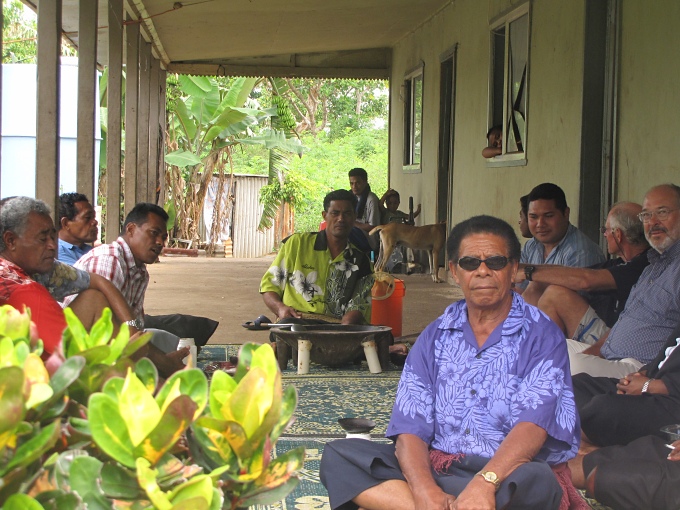


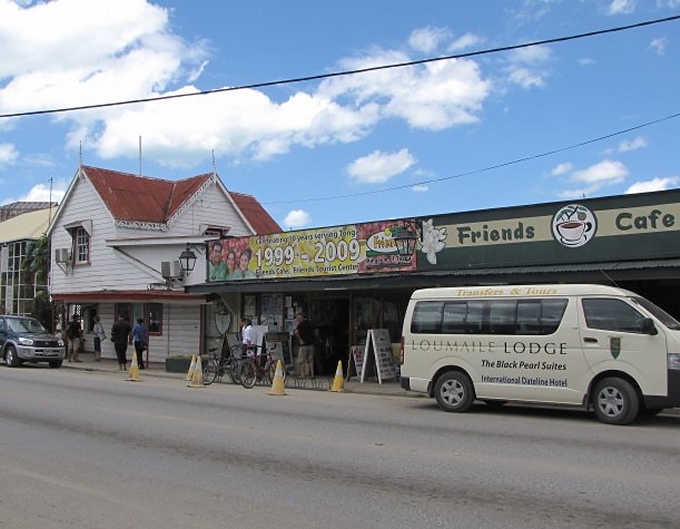
 .
. .
. might do just as well.
might do just as well.
 , by Mary McCoy and Drew Havea. It's an excellent introduction to Tongan culture and etiquette.
, by Mary McCoy and Drew Havea. It's an excellent introduction to Tongan culture and etiquette.
